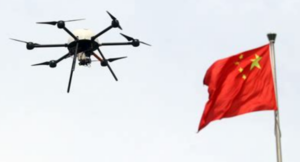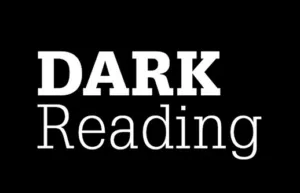Understanding the Risks of Chinese-Manufactured Drones
The Hidden Dangers in the Sky?
Drones, or unmanned aircraft systems (UAS), have become increasingly popular for both personal and professional use. However, a recent report from the Cybersecurity and Infrastructure Security Agency (CISA) highlights a significant concern: Chinese-manufactured drones may pose a risk to our privacy and national security.

This should not be a board condemnation of Chinese-manufactured products!
The point here is that data collected by these devices could be subpoenaed by Chinese intelligence organizations. This includes vulnerabilities in their software or networks they are attached to. The same can be said of Russia based companies. The point is that these are business risks and should be acknowledged and evaluated properly.
Why Should We Be Concerned?
- Data Vulnerability: Chinese laws allow their government to access and control data collected by companies within China. This means that drones made by these companies could potentially be used to gather sensitive information without the user’s knowledge.
- Cybersecurity Threats: The People’s Republic of China (PRC) is recognized as a major cyber threat. The data collected by Chinese-manufactured drones can be a goldmine for intelligence and could be used in ways that threaten our national security.
- Potential for Compromise: Drones are essentially flying computers. They can receive and transmit data, making them potential targets for hacking. This could lead to the theft of intellectual property, exposure of sensitive infrastructure details, and even physical threats like sabotage.
How Can We Protect Ourselves?
- Choose Wisely: When purchasing drones, especially for critical operations, it’s recommended to opt for those that adhere to secure-by-design principles. This might mean choosing drones manufactured in the U.S. or other trusted sources.
- Stay Informed and Updated: Regularly updating your drone’s firmware and being aware of the latest cybersecurity practices can help mitigate risks.
- Implement Strong Security Measures: Using robust encryption methods, ensuring secure data storage, and being cautious about where and how you fly your drone are key steps in protecting your data.
A Call to Action
It’s crucial for both individuals and organizations to be aware of these risks. By making informed choices and following recommended cybersecurity practices, we can enjoy the benefits of drone technology without compromising our safety and privacy.
Remember, the sky is vast, but so is the potential for unseen threats. Stay vigilant and stay safe!
Here is a reference to the CISA reference: https://www.cisa.gov/sites/default/files/2024-01/Cybersecurity%20Guidance%20Chinese-Manufactured%20UAS.pdf
Paul Bergman runs a business strategy and cybersecurity consulting company in San Diego. He writes on cybersecurity and board management for both corporate and nonprofit boards.
- The Imperative for Cyber Talent on Corporate Boards - March 29, 2024
- Talking CMMC preparation - March 12, 2024
- Protecting Your Business: Strategies to Combat DNS Attacks - February 20, 2024
